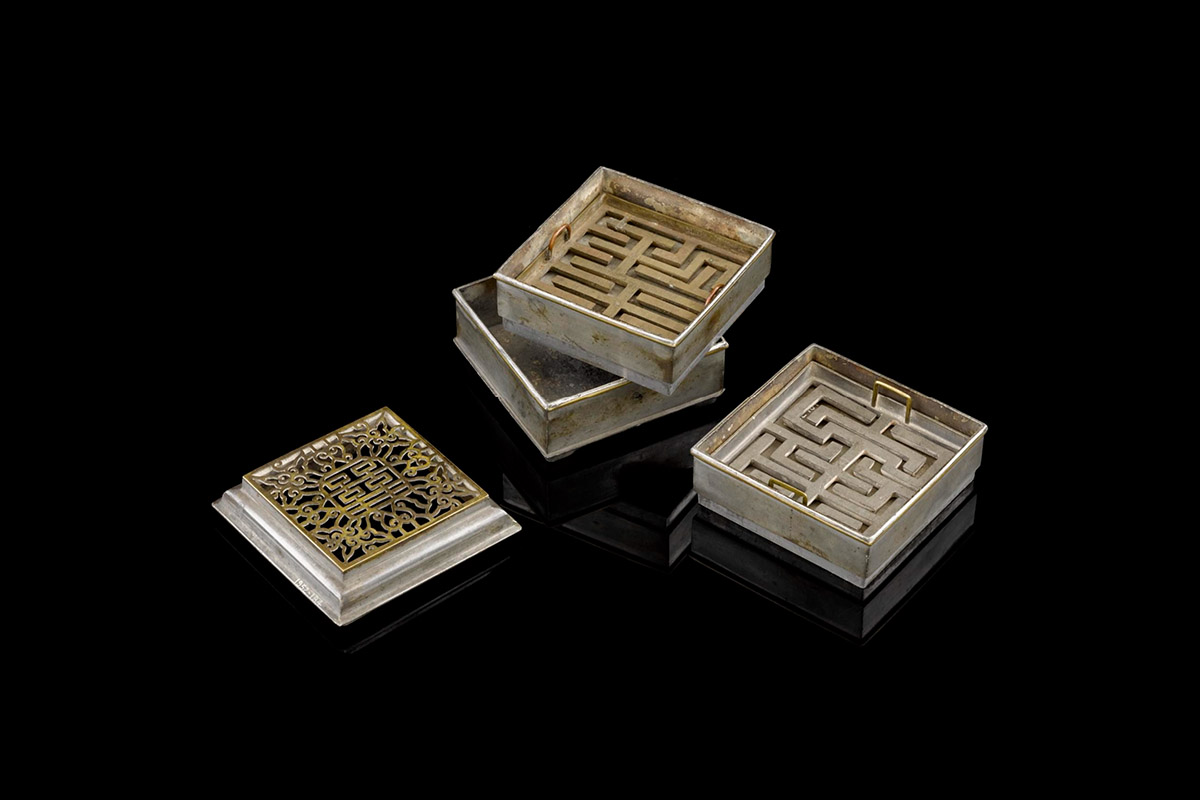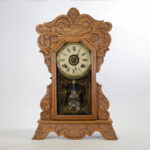This post is also available in: Italian
Before the advent of mechanical clocks, other methods of measuring time were used in ancient times. Incense clocks were most likely first developed in the Far East. Any time measurement system requires a reference phenomenon that occurs with maximum regularity. This could be a spring unwinding, a weight falling or sand passing from one side of an hourglass to the other.
Other methods
Today, we will analyse a type of combustion timer that has no Western equivalent. Since ancient times, people have observed that incense sticks of a uniform diameter burn at a consistent rate in stable environmental conditions. So why not use incense clocks to measure time?
However, before we analyse this method, we will briefly review other systems that are well known in the West and mentioned in ancient documents. The most obvious of these used candles, the length of which was reduced as they burned. Notches were carved into the wax body along the vertical axis. As the wax burned away, the notch corresponding to the current length would indicate how much time had elapsed since the candle was lit.
Then there were oil lamps, which were fed by a small, vertical, graduated container. As the oil decreased over time, the notch corresponding to the level gradually descended to indicate the elapsed time. In the absence of even these basic tools, especially in monasteries, all that remained was the recitation of prayers and invocations in the hope that those praying would do so as regularly as possible.
The disputed birth of incense clocks
One of the world’s leading experts on timekeeping with incense was Professor Silvio Bedini (1917/2007), an Italian scholar who directed the Museum of History and Technology (now the National Museum of American History) at the Smithsonian Institution in Washington for many years. Bedini dedicated a renowned book to these instruments: The Trail of Time (Cambridge University Press, 1994).
Historians disagree on the birthplace of incense clocks. Some believe they originated in India, later arriving in China before reaching Japan. Others, including Bedini himself, favour a Chinese origin. In any case, there is documented evidence of their use in China dating back to the sixth century AD. Around two hundred years later, they also appeared in Japan.
Two different approaches
Although there are several varieties of incense clock, there are essentially two main types. The ‘dragon’ clock is particularly impressive, as it is equipped with an audible signal. The incense is housed in a long container that resembles a dragon’s body. Pairs of metal spheres are placed at regular intervals above the container and are connected to each other by a silk thread. When the lit incense reaches exactly under one of the threads, it burns it. The balls then fall into a metal basin below, alerting those present that the set time interval has elapsed. Dragon-shaped incense clocks are generally true works of art, especially those intended for imperial residences or high-ranking figures.
On the other hand, the so-called ‘labyrinth’ timepiece is completely different. It is a geometric-shaped incense burner topped with a perforated lid. The internal space is divided into one or more trays featuring a complex groove pattern that resembles a labyrinth, hence the name. Incense is compressed along the ‘track’ created, which is quite long precisely because of its intricate path, and different types of aromas can be sequenced in a calculated manner. As the hours passed, the scent diffused and changed, and the position of the current combustion point visually indicated to the observer how much time had elapsed since ignition.
Incense clocks are highly sought-after collector’s items
They rarely appear at specialist dealers or international auctions. The few surviving examples can now be admired in major museums. If you find yourself falling in love with one, here is some advice: study it carefully, as there are numerous replicas on the market, some of which are quite old. You can never be too careful!



